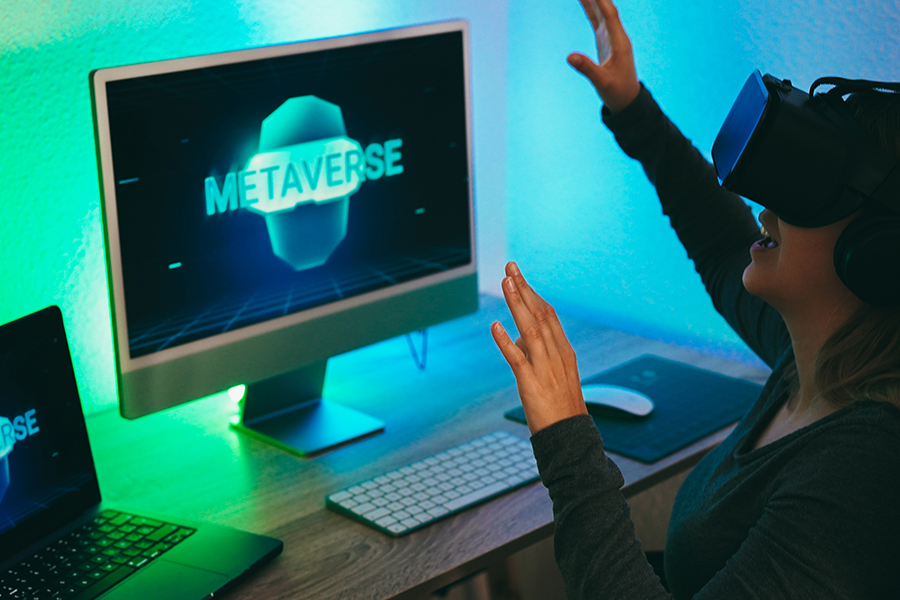App Development Trends 2024
Application development is continually advancing, with rapid, innovative, and user-friendly products and services being launched day after day. All this to keep up with the demands of the modern world.
These advancements fall into two categories: business-driven and technology-driven. On the one hand, business-driven app development focuses on satisfying business requirements. On the other hand, tech-driven app development focuses on enhancing software solutions.
Both business and tech-centric development approaches may be different, but they have the same end goal: to deliver high-value application functionality to users.
In this article, we will talk about tech and business-driven app development trends one by one. Keep yourself up to date with these to transform your business.
Technology-Driven App Development Trends for Future
- Use of microservices: Microservices allow you to build apps as a collection of small services that work independently, but also together. The use of microservices is likely to grow, since it leads to increased flexibility and faster app development.
- Agile development: Agile is a software development methodology. It allows developers to build high-quality apps quickly. With a focus on flexibility, collaboration, and efficiency, Agile has become a popular trend in software development.
- Cloud-based mobile apps: Whether you’re booking a cab or ordering food, cloud technology has become the backbone of app development. It allows for secure storage, easy data management, and efficient web hosting facilities. Expect to see more cloud-based mobile apps in the future.
- Internet of Things (IoT): The IoT allows smart devices to interact with each other over the internet. From the lights in your homes to self-driving cars, the IoT has revolutionized the way you use your devices. In the coming years, developers will aim to make the IoT more affordable and accessible.
- Artificial intelligence (AI) and machine learning (ML): Both AI and ML tools have been around for a while. And they are sure to stay relevant even in the future. These tools help with the automation process, error detection, and deep learning.
Business-Driven App Development Trends for Future
- Low-code and no-code tools: These tools are ideal for people with little to no coding background. You can use a visual development approach to build apps, instead of writing thousands of lines of code. So, it’s safe to say that the use of low code/no code will increase in the business world.
- Digital security: With rapid app development, there will be an ever-increasing need for improved security. Keeping that in mind, developers will focus on building apps with multi-factor authentication. The use of biometrics and voice verification will also increase.
- AR and VR apps: AR and VR features have taken the app development world by storm. And their use will not be slowing down anytime soon. Apps will integrate these features more and more for an enhanced, immersive, and interactive experience.
- Top-notch user experience: Smartphones are more than just devices used for calling and texting. You can use them for shopping, banking, and even entertainment. With that in mind, developers will focus on making the apps more user-friendly and visually appealing.
- Touchless UI: An emerging trend in the app development space is that of the touchless user interface (UI). You may be already familiar with face detection, voice commands, and gesture control. In the coming years, you are likely to see more development in touchless UI to save time and prevent errors.
App Development Trends – Final Thoughts
With the pace of app development picking up, it may become challenging to keep up with each and every new trend.
To simplify it for you, we have categorized the future trends of application development into tech-driven and business-driven approaches. The former focuses on software solutions while the latter on business requirements.
While the focus of both tech-driven and business-driven trends may be different, the aim is to provide a seamless, smooth experience to the users.
